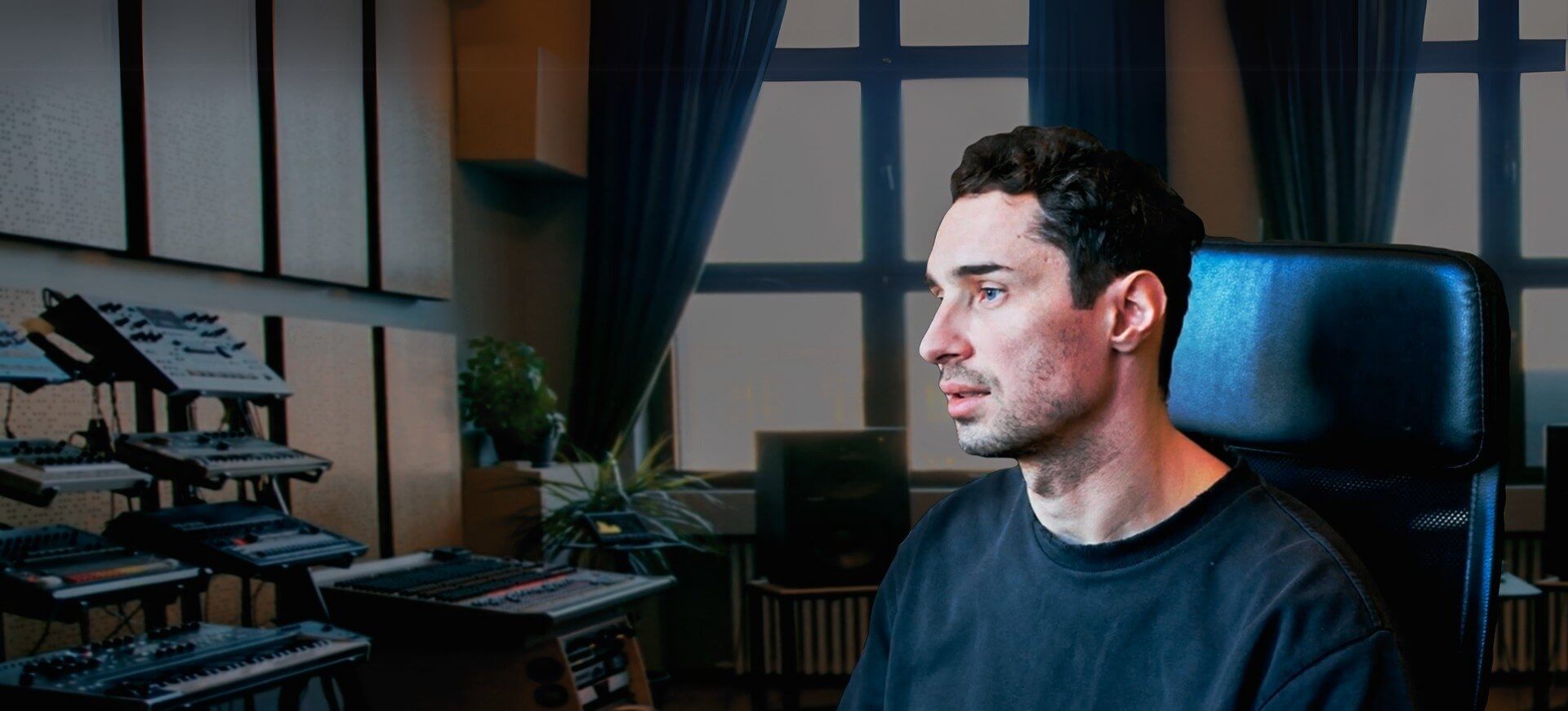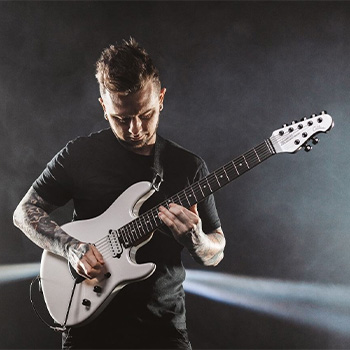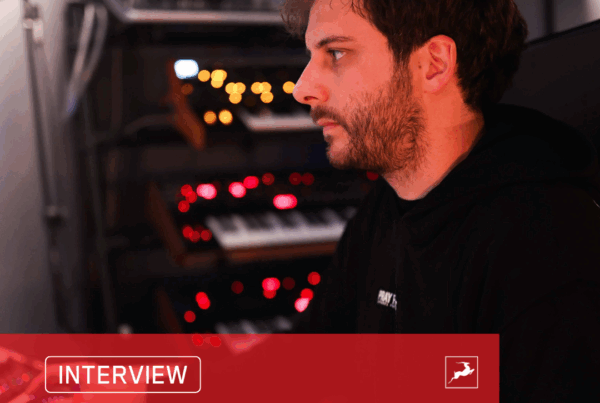Step into the world of Cristi Cons, a DJ and producer whose journey from classical music to electronic sound has defined his unique artistic voice. As one of Romania’s most influential musical exports, he has shaped the underground scene through his work with SIT, Amorf, and his label, Amphia. In this exclusive interview, Cristi shares insights into his creative process, the art of collaboration, and how Antelope Audio’s interfaces help shape his signature sound.
Let’s start from the beginning. Coming from a family of musicians, how did your transition from classical cello to electronic music happen?
Growing up surrounded by classical music I eventually felt a desire to explore other genres, specifically in my teenage years. After encounters with rock and hip-hop (for a longer bout of time), I eventually landed on electronic music. It had a sense of mental freedom attached to it, the apparent repetitive nature that encapsulates many subtle changes got me hooked from the get-go. Subliminally I was also probably drawn to the fact that it had little to no lyrics, same as classical music or jazz. The music was the message itself.
Beyond your solo career, you’ve built a name for yourself through collaborations such as SIT (partnering with Vlad Caia) and Amorf, as well as launching your record label Amphia. These ventures, along with your solo work, have taken you across the globe. How have these experiences shaped your evolution as an artist? And how does collaborating creatively with others differ from working on your own?
I strongly believe that art, in any shape or form, comes from a source of collective consciousness that we humans connect with. The mutual source of inspiration draws us together towards ideas and concepts, so I find it very natural to share them with friends and passionate people with a common purpose. The most beautiful thing about collaborations is probably the non-verbal exchange that takes place in the room when 2 or more people work on a piece of music together. The experience and partnership with Vlad have been the most transformative in my case because they taught me the importance of looking at everything from different perspectives. We would work on something and have completely different views on how it should sound, but by trying out new ideas to meet common ground, we would typically get the best results.
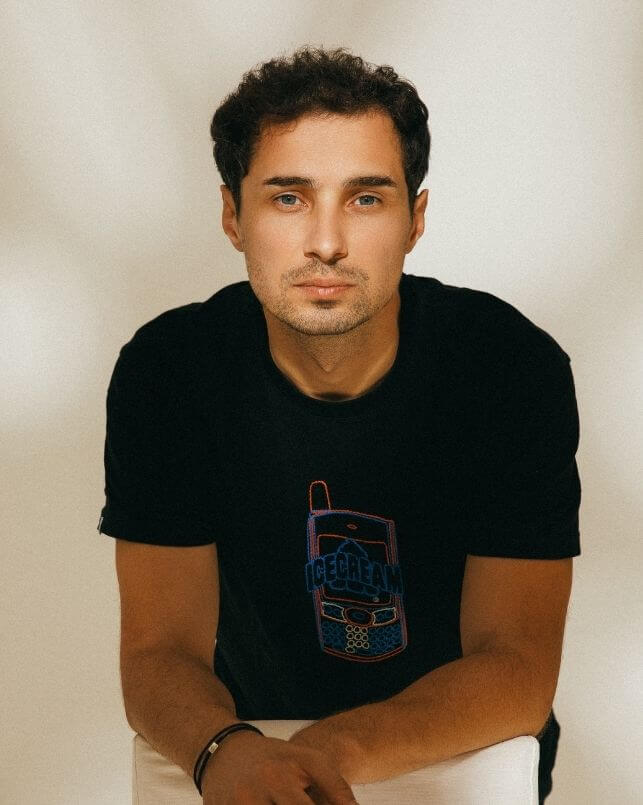
Over the past decade, your sound has evolved while retaining its distinctiveness. Where do you draw inspiration from? Do you rely on reference tracks in your production and mixing, or do you prefer to follow your intuition and let creativity flow?
As cliche as it sounds, inspiration can come from anywhere. Going back to the idea of collective consciousness, it’s something that we might instantly tap into or spend a certain amount of time trying to connect with but in both cases, when we do connect, we hope it lasts for as long as possible. What we now call reference tracks others probably called “influences” so I suppose I do rely on them from time to time.
The creative process is very abstract and that initial spark can come from a subliminal idea, that might be original, or come from something you’ve previously heard, and your mind absorbs and processes it in its own manner, but it ultimately ends up having your “distinctive personality” all over it.
Your studio is packed with hardware, from modular racks to drum machines and synths. What draws you to working with this type of gear, and how does it shape your sound compared to working entirely in the box?
Coming from a classical background and playing an instrument, in my case the cello, I probably developed a tactile approach to making music. I also believe that every drum machine and synth has its own character which adds that extra layer of personality
to music that we all “desire”. That being said, I enjoy being able to jam anywhere or mix a
track in almost any environment, and that freedom comes from working ITB. When I began making music, plugins were not close to what they are today, so after years of doing both I came to enjoy each process and explore its possibilities and limitations.
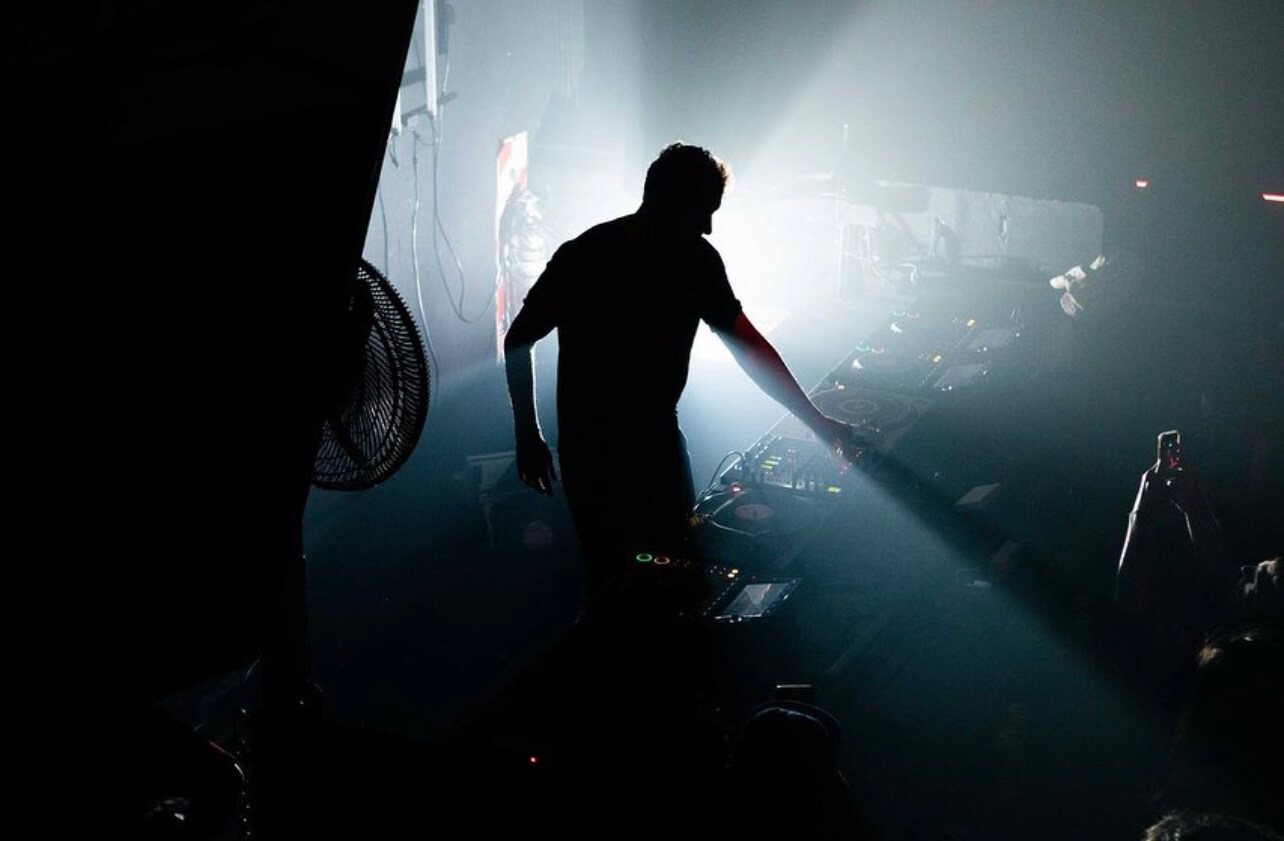
You've been a long-time user of the Orion interface as the centerpiece of your setup. What makes it essential for your workflow, and how does it support your creative vision in the studio or on stage?
When the studio started to expand I needed an interface with enough inputs to multitrack my rig and Vlad or Mischa when we were working on SIT or Amorf material, and after hearing the quality of the converters in my friend Cezar’s studio I decided to get it and it hasn’t left the studio since. I loved and still love the flexibility of either clean and transparent conversion or adding character through the AFX plugins with no additional burden on the PC (which was a bigger concern at the time of purchase). Every track or jamming session can have its own insert chain which I can recall at any time so it had a big impact on my workflow and output.
Performing at major events such as Sunwaves, Circoloco, Caprices, and fabric to name a few, has been a significant part of your journey. With so many different audiences and venues, how do you approach your preparation process to keep your DJ sets dynamic and fitting the place you play?
Having the opportunity and experience of playing these events have taught me to be prepared for “anything” but expect “nothing” as every performance and context can be completely
different from one another. It is as much improvisation as it is preparation. There have been instances, and I recall a specific one in NY when Vlad and I were scheduled to play a Resolute party on the terrace of Output (a famous venue in Brooklyn). It was the terrace opening so were beyond excited. I had prepared a sentimental house set of a “perfect” sunset over the Manhattan skyline, but it rained that day so they had to move the event inside the club where it was almost pitch black with some red lights scattered around the dance floor. The better you can adapt and think outside the box the better the outcome.
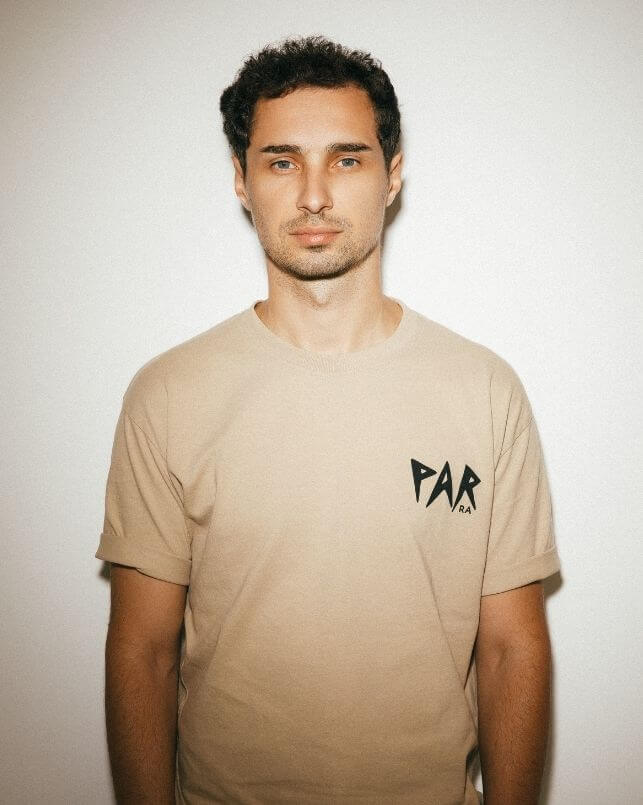
Amphia has been a cornerstone of your career, showcasing a diverse range of electronic music. Alongside this, your collaborator projects - SIT and Amorf have played a key role in shaping your artistic journey. What was your vision when founding Amphia, and how has it evolved over the years? Similarly, what do you think has made your partnerships in SIT and Amorf so successful? How do you balance your individuality with collective creativity in these projects?
Amphia started out as a platform where Vlad and I could share our musical taste with others and later evolved into a community of friends and artists with a catalog that hopefully reflects
our musical development throughout the years. The synergy between different minds, personalities, and creative vision is at the core of both SIT and Amorf and I believe that’s what people have been drawn to. Managing individuality in a collective comes down to setting your ego aside and making the right creative decisions that benefit the work.
With such a rich career already behind you, what’s next for Cristi Cons? Are there new projects or directions you’re exploring in 2025 and beyond?
I feel like I’m just getting started and there are infinite ideas I want to pursue, but narrowing it down to a few, it would be exploring different genres (more information on that soon), implementing an Atmos (Dolby) setup for future projects and constantly improving my workflow.
Socials:
Instagram – https://www.instagram.com/cristicons_
Soundcloud – https://soundcloud.com/cristi-cons
Experience the creative world of Cristi Cons as he invites you into his studio. Watch now!


